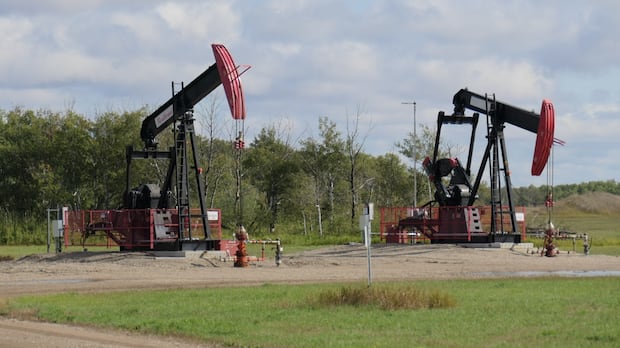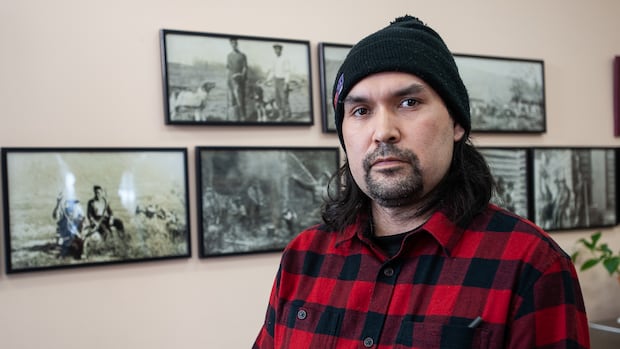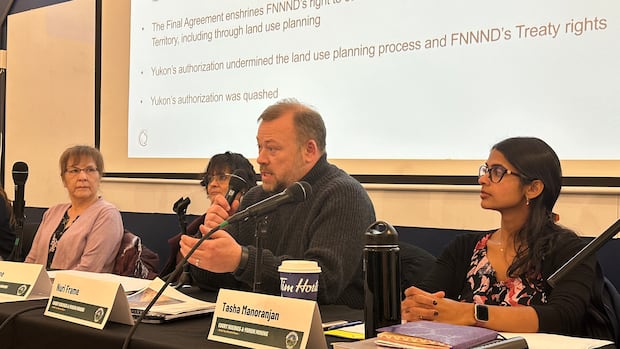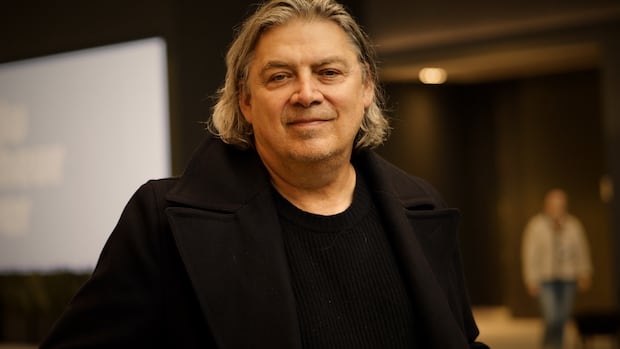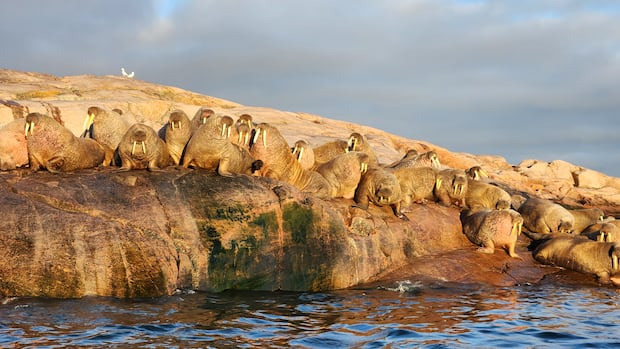Listen to this article
Estimated 5 minutes
The audio version of this article is generated by text-to-speech, a technology based on artificial intelligence.
As more than a hundred people watched, either online or in person, a panel of officials and experts with the First Nation of Na-Cho Nyäk Dun (FNNND) discussed the ongoing impacts of the Eagle Mine failure and the lack of regulatory oversight in the lead up to the disaster.
The event ran parallel to the Geoscience Forum across the street at the Kwanlin Dün Centre, where government officials, investors and mine proponents gather every year to discuss the industry. A number of the projects on the agenda take place on FNNND traditional territory.
According to Yukon government reporting, more than 40 per cent of quartz mining claims – and a significant chunk of hardrock mining opportunities in the territory – are located in the Mayo area, on Na-Cho Nyäk Dun traditional territory.
The First Nation says it is still dealing with the aftermath of the heap leach failure on June 24, 2024, and the spread of toxins like cyanide to the surrounding waterway and fish.
Biologist Mark O’Donoghue explained that the South McQuesten River has been an important grayling fishing site for years, especially in the wake of the closure of the salmon harvest.
“This contamination has been taken very deeply, very personally,” he said. “Lots of anger, lots of frustration because for lots of people, this area, this part of their traditional territory is gone now. And that opportunity to pass on knowledge is gone.”
The presentation began with testimony from a worker who was onsite at the time of the accident and says he fell more than 200 metres as the heap slid.
“This was not the first time I was almost killed there,” said Mike Gordon, and added he still deals with lingering pain and PTSD from the accident. “It was probably closer to the fourth or fifth. They were definitely a cowboy operation.”
“The sheer luck was that this failure happened at shift change,” FNNND environmental consultant Bill Slater told the room. “If that had not been the case, there would have been multiple lives lost.”
 Na-Cho Nyӓk Dun First Nation news conference was held across the road from the Geoscience Forum in Whitehorse. (Caitrin Pilkington/CBC)
Na-Cho Nyӓk Dun First Nation news conference was held across the road from the Geoscience Forum in Whitehorse. (Caitrin Pilkington/CBC)The fact that there was no cyanide detoxification plant at the mine site – which was required but never built – as well as a lack of water storage created additional challenges in the wake of the heap leach slide.
Spills had also occurred at the mine site before.
Slater said there were a number of other warning signs before the incident that regulators failed to act on: winter ore stacking beyond what was permitted, failing to heat the heap leach solution, and seepage and ponding on the heap leach itself.
“There is no evidence that Yukon government considered any of these matters in licencing or assessment, or that inspectors identified these as matters of concern, or that YG [Yukon government] engaged qualified experts to conduct geotechnical inspections or review final designs,” he said. “There’s no evidence any of these matters were taken seriously.”
Slater told the crowd that after 17 months and more than $200 million in public funds towards remediation, heap stabilization has “barely progressed.”
“How did we assess everything over two-and-a-half years and nothing we assessed is on the land?- Chief Dawna HopeAlso on Tuesday, across the street at the Geoscience Forum, the Yukon government provided an update on Eagle Mine remediation efforts.
Erin Dowd, a director of technical services with the Yukon Department of Energy, Mines and Resources, described daily water sampling onsite and the installation of 35 new groundwater wells to monitor the spread of contamination. Dowd said a horizontal well has been installed, and described plans to use it to start pumping out the liquid that remains in the heap to increase stability.
In July, an independent review of the Eagle Mine failure issued 56 recommendations to improve regulatory oversight of the mining industry.
“Making sure that what you're designing is being built,” said Dowd, summarizing some of the advice to government. “If what's happening on site doesn't make sense with what your assumptions were, you're correcting those from a regulatory and compliance standpoint. Making sure that our licence terms are appropriate for the facility we're licencing.”
WATCH | Na-Cho Nyӓk Dun outlines mining policy in wake of Eagle Mine disaster:At the same time as the geoscience forum in Whitehorse the First Nation of Na-Cho Nyäk Dun hosted a two-day parallel event.They talked about the future of mining in its traditional territory and the fallout from the Eagle mine failure. Caitrin Pilkington reports.Dowd says they’re working to incorporate many of the recommendations into existing licences, and learn from what happened at Eagle.
But for FNNND Chief Dawna Hope, these promises don’t go far enough. She reiterated a call for an inquiry that goes beyond technical failures and takes a closer look at accountability for what happened.
The First Nation has shared its own mining policy ahead of ongoing and future development.
“As you’ve heard today, the issues are compounded and they go deep, way far back into the YESAA [Yukon Environmental and Socio-economic Assessment Act] process itself,” Hope said to CBC News outside the event. “How did we assess everything over two and a half years and nothing we assessed is on the land?
“Those are the things we need to fix.”


